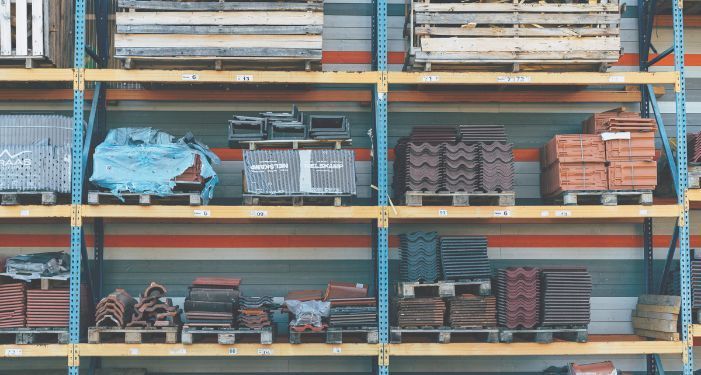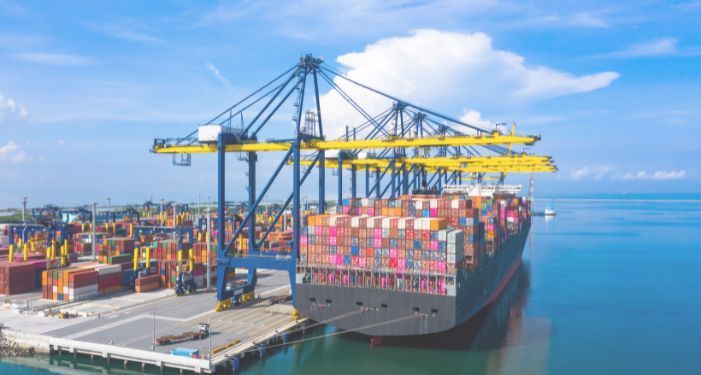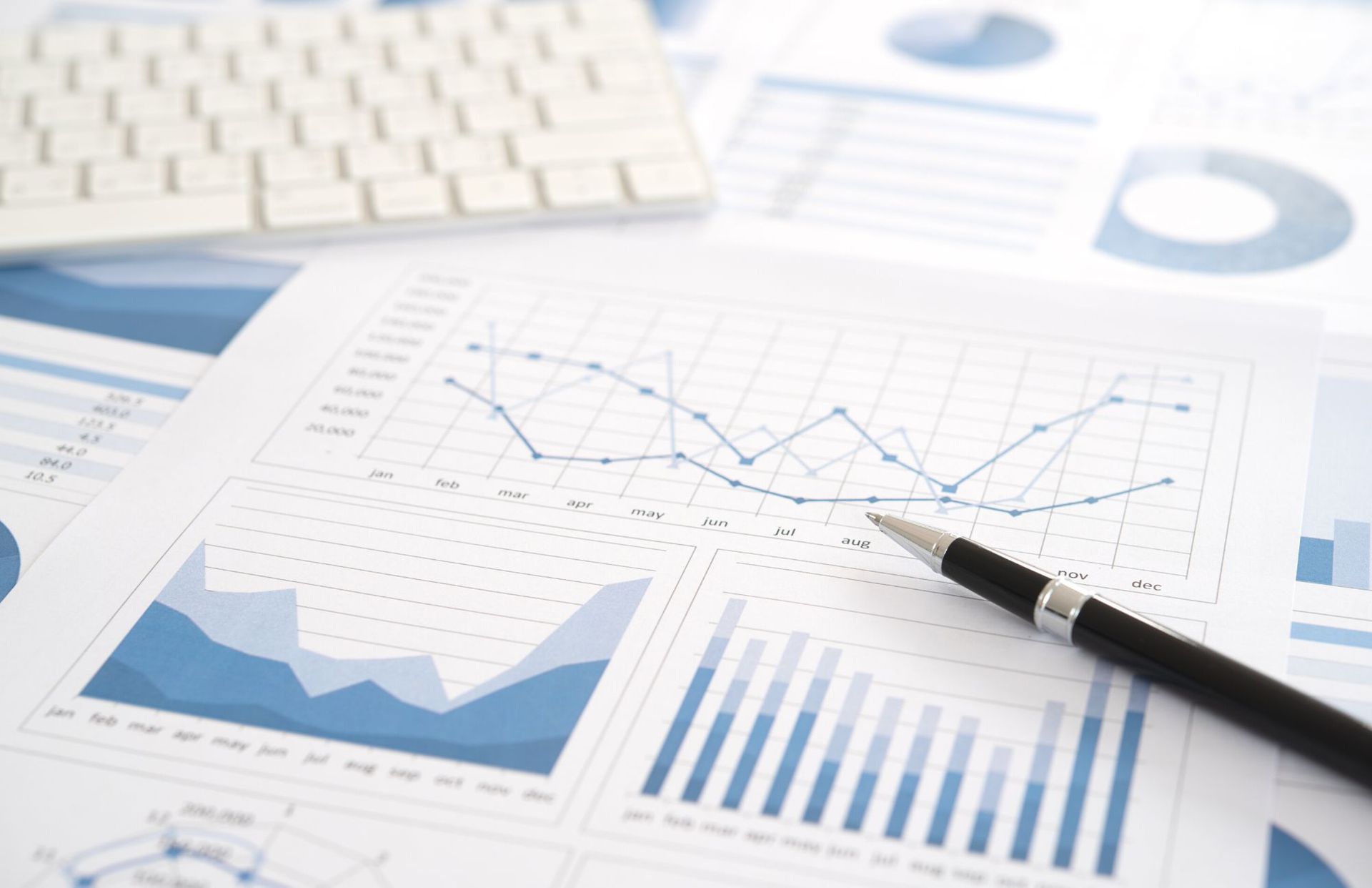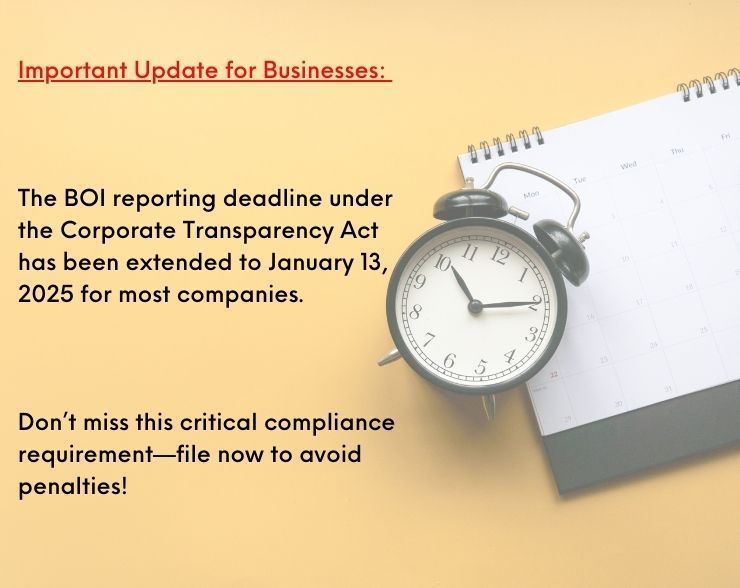2025 Commercial Real Estate Outlook
Economic growth, shifting tenant needs, and advancements in technology are creating new opportunities for investors who can adapt to change.
Market Trends and Insights
The commercial real estate market is evolving rapidly as we move into 2025. Moderate U.S. economic growth in 2025 is expected to boost demand for retail and office spaces, though inflation remains a concern, raising costs and squeezing developer margins. Monitoring CPI and Federal Reserve policy is key, as interest rate cuts could ease refinancing pressures and improve valuations. Global factors, such as European inflation and economic slowdowns, may reduce cross-border investments but could increase U.S. asset demand as a safe haven.
Sector-Specific Highlights
Industrial Real Estate Growth
The growth of ecommerce presents a strong investment opportunity for
those looking to capitalize on this sector's potential. Once relegated to the outskirts of towns, companies are looking for locations closer to urban centers to increase overall efficiency and access to an available workforce. Many are focusing on eco-friendly construction and/or the ability to easily retrofit with energy-efficient systems.
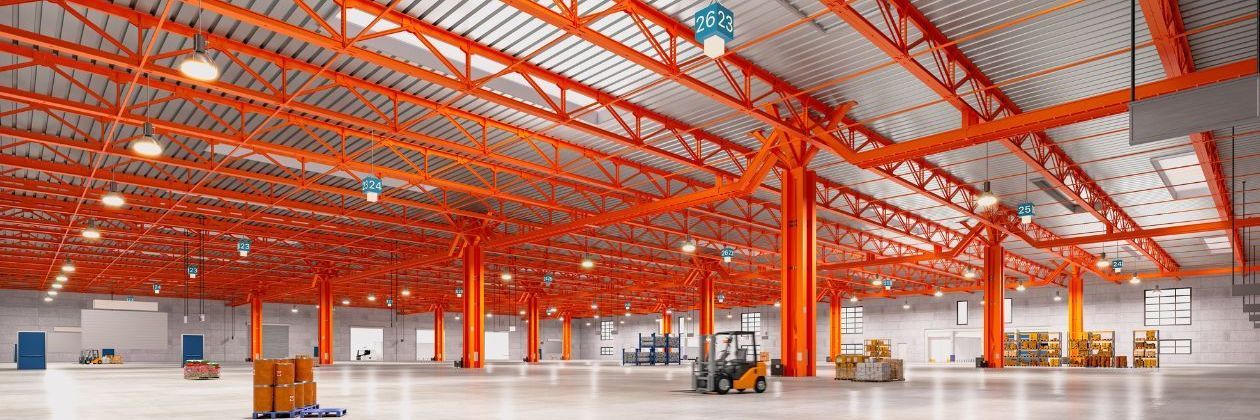
Retail Space Adaptation
Many retail spaces are adapting to become experience-focused, blending online and in-store shopping, using the physical stores to support online sales instead of the other way around. Experiential Spaces: Landlords are encouraged to innovate in order to avoid lengthy vacancies and declining rents.
Office Space Evolution
With more companies embracing remote work, we will see a shift toward flexible workspaces. Businesses are investing in areas designed for collaboration and innovation rather than dedicated traditional office spaces. Many will incorporate health-focused features like ergonomic designs, more personal space and wellness facilities as we move forward.

What to Watch
Emerging investment opportunities in 2025 include data centers and senior housing, both driven by strong demographic and technological trends. Senior housing, particularly assisted living and skilled nursing facilities, is poised for growth as the aging population increases. Key considerations include integrating health services, ensuring high-quality living conditions, and meeting the rising demand for senior-specific housing. Additionally, green building initiatives and eco-friendly designs are gaining traction, appealing to tenants and offering tax incentives. Investing in these areas can enhance resilience and align with long-term market shifts.



